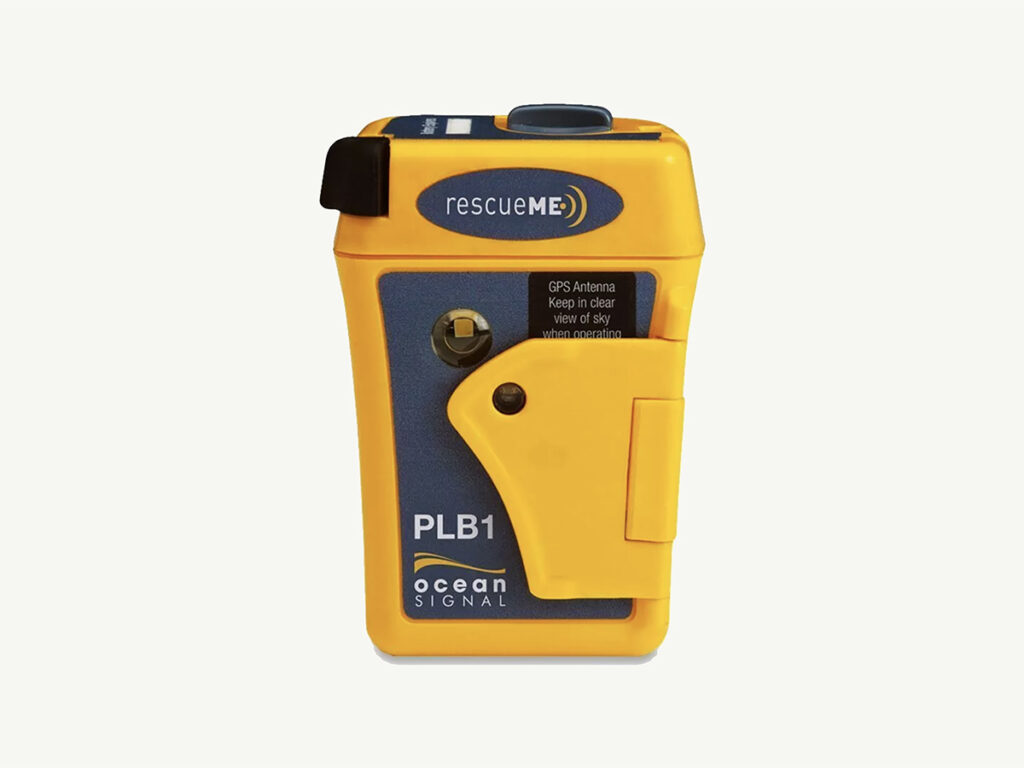10 Steps to Planning a Hike
10 Steps to Planning a Hike
On any hike, whether it is a day trip or a month long expedition we usually have an ulterior motive as to why we are hiking. It may be to get from point A to point B, it may be for a bit of bird watching or it could be that trip of a lifetime on your bucket list. Having a plan, even a basic one, will ensure that we get the most of our activity and just as importantly, in a safe manner. The following 10 steps are a brief overview to planning a safe enjoyable hike.
1. Plan your hike
- Research, research, research. The longer the trip the more research is needed. The internet, fellow hikers and guide books are just some options
- Do you need a permit? If so book early to secure your chosen timeframe? E.g. Overland Track
- How many people will be in the group or are you hiking by yourself? The ideal is considered four for safety reasons however there is nothing wrong in travelling in a smaller group, or even solo hiking, the smaller the group the more experience you need and the more safety equipment you should carry
- Do you need maps and/or a compass to navigate or is the trail well set out?
- Identify any dangers or issues that may impact on what you are doing. Is it snake season? Is the heat going to be excessive?
- Work out what your plan is in case of emergency. Will you walk out, if so when? Will you set off your Personal Locator Beacon? If so when? Will your phone work? If not what procedures will you put in place? What are the emergency contact details? 000 or 112
2. Fit to Hike?
- Is your current fitness level suitable to undertake the hike or do you need to improve it prior to the hike? If not change your plan, reduce your load or delay the trip and improve your fitness
- If you’re planning a long complex trip with big distances build up your fitness prior to the trip
3. Skill level
- Hike within your own ability. If the hike is beyond you current skill level go with someone more experienced.
- Have some sense of what your physical ability is. While it’s always worth pushing you abilities there is a limit.
4. Equipment
- Based on your research and experience assemble all your gear in advance of the trip and ensure that it is in good working order. Consider replacing gear that is in poor condition and can’t be repaired
5. Check the weather
- Check the short term weather
- Check the long term weather
- Pack for the expected extremes
- Cancel the trip if the forecast is for conditions are extreme and beyond your skill level. Remember its better to be safe than sorry when it comes to safety
6. Dress for Success
- Dress for the expected conditions and always allow for colder/warmer conditions than you expect. Develop a layering system
- Carry rain gear just in case. It will protect you from the wind as well as the water
7. Food and Water
- Carry enough water or know where water is available on the trail
- Monitor your water intake, too little/too much? Both can be dangerous
- Carry enough sufficient food for the trip. In most cases people over pack
8. Before you go tell someone
- Leave a copy of your plan with someone. Someone reliable!
- Carry a Personal Locator Beacon (PLB) if hiking in remote areas and ensure that the hike information is logged into PLB registration system on the Australian Maritime safety Authority (AMSA) website
9. Hike your plan
- Now that you have spent your time carefully planning your trip make sure you ‘hike your plan’
- Fill out the trail registers if they exist
10. Let someone know you are back
- You’ve done all this planning, had a wonderful hike and you’re sitting in the pub thinking ‘now what did I forget?’ Make sure the person you told about your trip as a safety precaution knows you have finished and are safe!
